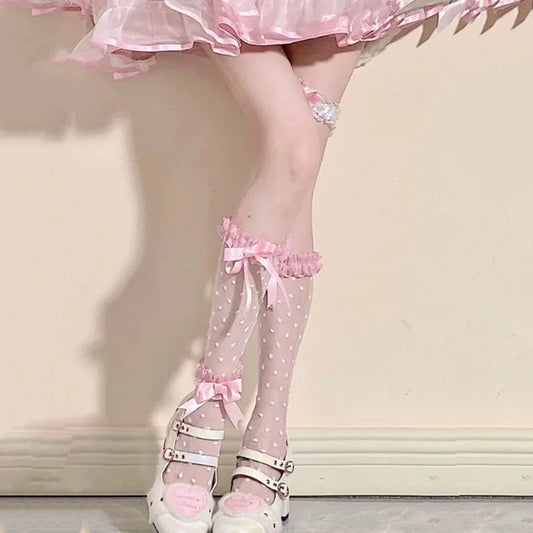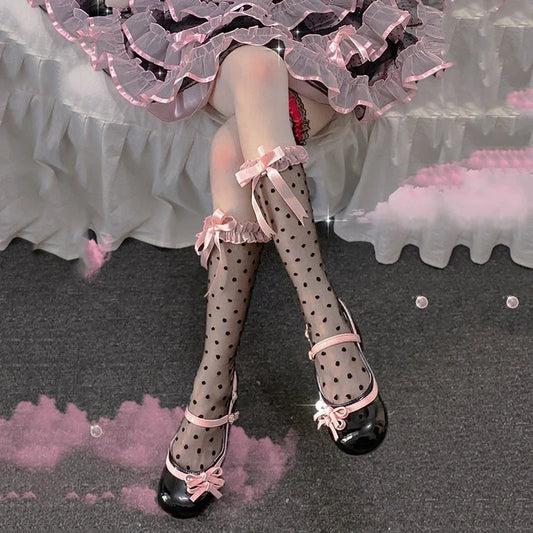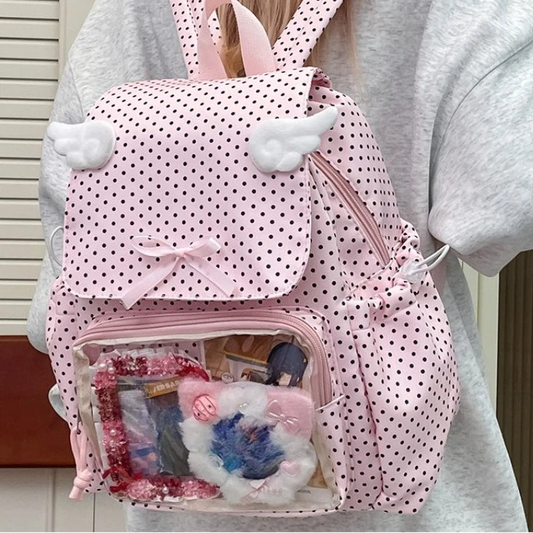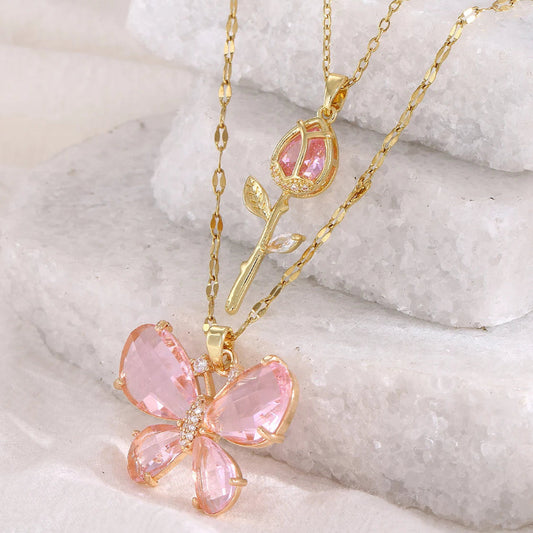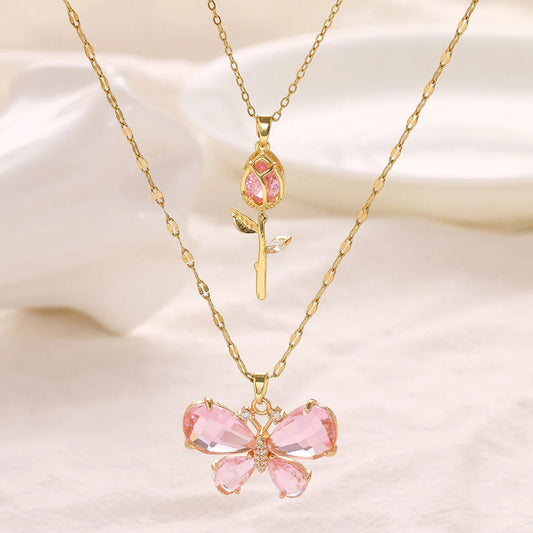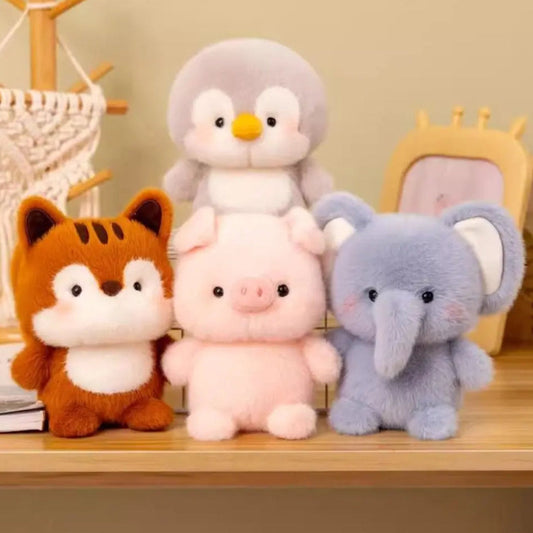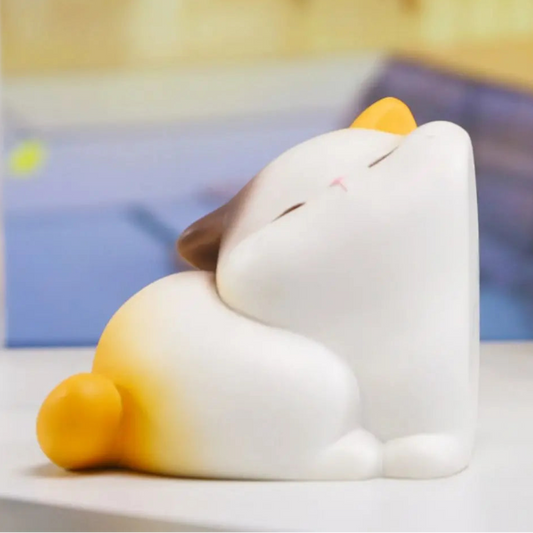
Exploring the Charm and History of Kokeshi Dolls
Nestled within the rich cultural tapestry of Japan lies a traditional craft that has captured the hearts of many worldwide: the Kokeshi doll. These charming wooden figures, with their simple yet captivating designs, have a fascinating history and cultural significance that spans centuries.
Origins and History
The origins of Kokeshi dolls can be traced back to the Tohoku region of northern Japan, where they were first crafted by skilled artisans during the Edo period (1603-1868). Initially crafted as children's toys or souvenirs for visitors to the region's hot springs, Kokeshi dolls gradually gained popularity across Japan and eventually internationally.

Design and Craftsmanship
What sets Kokeshi dolls apart is their distinctive design characterized by a cylindrical body and a large head with minimal facial features. These dolls are traditionally handcrafted from a single piece of wood, usually cherry or Mizuki, a type of dogwood, using traditional woodworking techniques passed down through generations.
Variety and Styles
While the basic form of Kokeshi dolls remains consistent, there is a remarkable diversity in their designs and styles. Different regions of Japan have their own unique variations, each with its own distinct characteristics and artistic flair. For example, Naruko-style Kokeshi dolls from Miyagi Prefecture are known for their vibrant colors and intricate painted patterns, while Togatta-style dolls from the same region are recognized for their slender and elegant shapes.

Symbolism and Meaning
Beyond their aesthetic appeal, Kokeshi dolls carry symbolic meaning deeply rooted in Japanese culture. Historically, these dolls were believed to bring about fertility and serve as guardians of children, making them popular gifts for expecting mothers and newborns. Additionally, Kokeshi dolls are often associated with themes of resilience and perseverance, embodying the spirit of the Japanese people.
Contemporary Significance
While Kokeshi dolls have a rich history steeped in tradition, they continue to evolve and adapt to modern tastes. Contemporary artisans are experimenting with new materials, techniques, and designs, giving rise to innovative interpretations of this timeless craft. Today, Kokeshi dolls are not only cherished as collectible items but also celebrated as symbols of Japanese culture and craftsmanship.

Preserving a Timeless Tradition
Despite the passage of time and changing cultural landscapes, the art of Kokeshi doll making remains an integral part of Japan's cultural heritage. Efforts are underway to preserve and promote this traditional craft, ensuring that future generations can continue to appreciate the beauty and craftsmanship of these iconic wooden dolls.
In a world filled with mass-produced goods, Kokeshi dolls stand as a testament to the enduring appeal of handcrafted artistry. With their simple yet captivating designs and rich cultural significance, these wooden figures continue to enchant people around the world, serving as timeless reminders of Japan's artistic legacy and cultural heritage.




